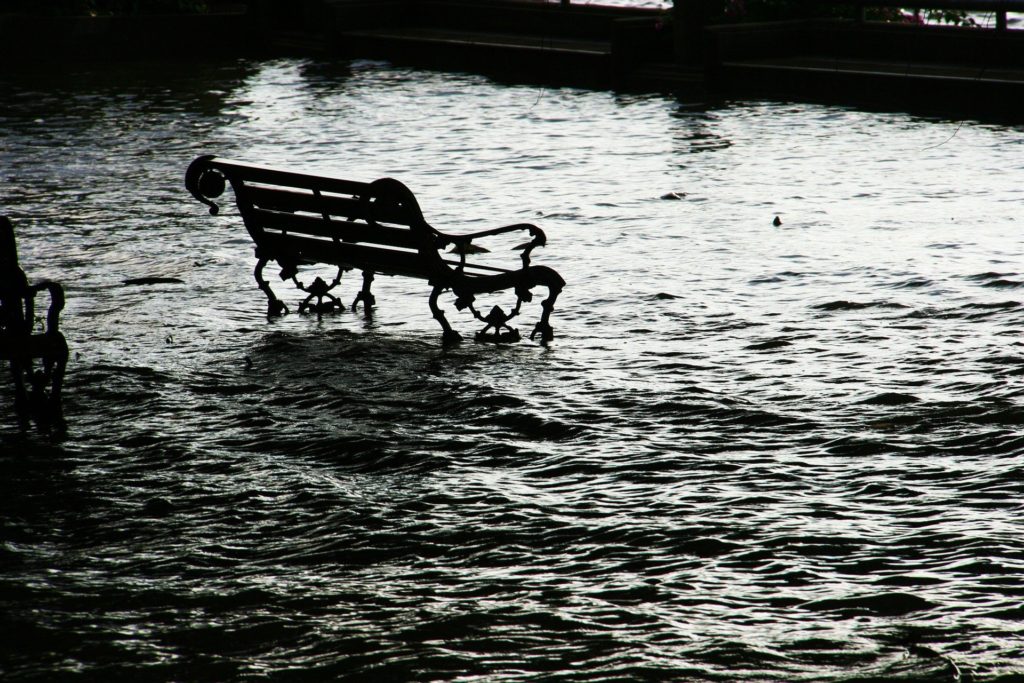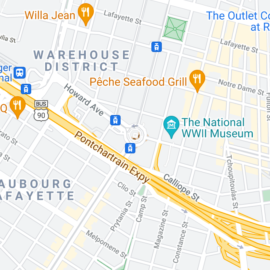
This is what we want to avoid and catch basins play a part. I take care of the catch basin in front of my house but only from the intake. I don’t lift the cover to get into the void.
As the region enters another hurricane season, New Orleans’ Department of Public Works is unclogging catch basins at a rate that lags behind where it was last year. So far this year, 1,143 of the city’s 72,000 catch basins have been cleared, according to city data. During the same period last year, the city cleaned 3,136 catch basins, and had cleared 5,835 of them in 2020. And from January to May 2019, the city cleaned 2,192 catch basins, and 5,557 of them in 2019. The city’s catch basins — the heavy, lidded drains found on nearly every city block — route storm water to underground main lines and into Lake Pontchartrain. Coupled with the city’s pumping system, they help ensure the city doesn’t flood during rain events. But when catch basins become clogged with debris and trash, or tons of Mardi Gras beads, water can back up into streets.
nola.com
The hurrican season started yesterday and already we havve had a named storm.
Ramsey Green, the city’s deputy chief administrative officer overseeing infrastructure, has said that the industry standard is to clean 20% per year, which in New Orleans would translate to 14,000 catch basins. So far in 2021, catch basin cleanings have been concentrated in Leonidas (95 cleanings), the 7th Ward (79 cleanings), Hollygrove (68 cleanings), Mid-City (66 cleanings) and Audubon (52 cleanings). A crew is also removing excess debris from roadways in flood-prone New Orleans East, including Read Boulevard, Old Gentilly Road, Almonaster Avenue and Chef Menteur Highway.
Has your catch basin been cleaned? Will it be? When? Check the city’s catch basin maintenance map.
The maintenance team relies on 311 complaints when deciding where to deploy, and crews proactively target flood-prone areas if heavy rain is approaching. So far this year, 307 people have called 311 to report drainage issues and street flooding. “Seventy-two hours prior to a rain event, we assign all crew and maintenance to assist in cleaning catch basins, focusing on primary routes where we know flooding will occur,” said Josh Hartley, construction project manager with the city’s Public Works Department. “Our asphalt crews that fill in potholes will be converted to catch basin cleanings.”
Public Works has 30 workers and 3-7 vacuum trucks cleaning basins and they hope to double or tripple the inspections by 2022. Funding has been a problem dud to the lack of tourists but that may be changing.
“The Fair Share fund (which uses tourism revenue to address infrastructure needs) hasn’t been what we anticipated it would be,” said Sarah Porteous, a spokesperson for the Public Works Department. She predicts that those numbers will grow as tourism rebounds. A $600 million roadwork construction project, which includes FEMA-funded joint infrastructure projects as well as city bond-funded projects, will also bring drainage upgrades. Catch basins and drainage lines are among the underground utilities that will be rebuilt. “There’s a massive amount of drainage improvement happening,” Porteous said. The city saw a spike in catch basin cleanings in 2017 and 2018 following an August 2017 flood event, when one-time funding from local bonds for capital improvement was allocated to ramp up catch basin cleaning.
Cleaning catch basins is both the cities job and ours. We can clear ours. We can report clogged ones to 311. We can help by adopting a basin.
“Get out in the neighborhood, even if just an hour,” said Pontchartrain Conservancy Executive Director Kristi Trail. “As the rain keeps getting more intense, we have to figure out alternative ways to manage that rainwater.”
Lets do our part and pray the pumps work.



